Ancient Feces Reveal Parasites Plagued 9000-Year-Old City of Catalhoyuk - Ancient Origins
Ancient Feces Reveal Parasites Plagued 9000-Year-Old City of Catalhoyuk - Ancient Origins |
- Ancient Feces Reveal Parasites Plagued 9000-Year-Old City of Catalhoyuk - Ancient Origins
- Zombies don't just exist in shows like 'The Walking Dead' — here are 9 real examples of zombie animals in nature - Business Insider
- For centuries, migrants have been said to pose public health risks. They don’t. - PRI
| Ancient Feces Reveal Parasites Plagued 9000-Year-Old City of Catalhoyuk - Ancient Origins Posted: 31 May 2019 03:27 AM PDT Garbage dumps are always exciting places for archaeologists. They often tell us the stories that are hidden or seen as unimportant to share with future generations, but these tales provide unparalleled information on what life was really like. Excavators sometimes find really exciting artifacts in ancient midden heaps – such as poop that was filled with parasitic worm eggs! Research published today in the journal Antiquity reveals that human feces ( coprolites) have been found in the 8,000-year-old garbage dump of the ancient city of Çatalhöyük, which overlooks the Konya Plain in what is now Turkey, and experts have found they contain the eggs of whipworm.
The parasite-ridden poop dates to the early days of Çatalhöyük (7,100-6150 BC), suggesting that the transition from primarily hunting and gathering to farming likely brought differences not only in social interactions and diet, but also exposure to different diseases.
Skeleton 30928, a possible female, aged 35–50 years, dating from 6700–6500 BC. (Çatalhöyük Research Project) Microscopic egg of whipworm from Çatalhöyük, Turkey. Black scale bar represents 20 micrometres. (Evilena Anastasiou) The Ancient City of ÇatalhöyükAt a time when most of the world's people were nomadic hunter-gatherers, Çatalhöyük was a bustling town of as many as 10,000 people. Forming a large hill atop the Southern Anatolian Plateau, the site is like a massive labyrinth of mud-brick houses, often described as a 'honeycomb city', made up of 18 successive layers of building representing distinct stages of the city and reflecting different eras of its history. The bottom layer is as early as 7,500 BC while the top layer dates back to 5,600 BC, a point in time in which the city was mysteriously abandoned and moved several miles away across the Carsamba Cay River to Çatalhöyük West, which appears to have been occupied for another 700 years until it too, was abandoned. Wall paintings, reliefs, sculptures and other symbolic and artistic features, along with the remarkable layout of the city, testify to the evolution of social organization and cultural practices as humans adapted to a more settled life. Inscribed as a UNESCO World Heritage Site, it is known as one of the best sites for understanding human Prehistory. Finding Evidence of Parasitic Worms in Ancient FecesThe discovery of whipworm eggs at Çatalhöyük is the earliest archaeological evidence for intestinal parasite infection in the mainland Near East. It was found when Cambridge researchers Dr. Piers Mitchell, Marissa Ledger, and Evilena Anastasiou used microscopy to study preserved coprolites from the 8,000-plus year-old midden heap and soil found in the pelvic region of six burials. Eggs of intestinal parasites were discovered in the fossilized poop but not the burials.
Ancient feces found at the site. (Evilena Anastasiou) After confirming the ancient poop had been left by humans, the researchers also found that there were whipworm eggs in two of the samples. It is uncertain if the same person emptied their bowels two times or if the coprolites came from two different people, but either way, the researchers believe it suggests that some people in the prehistoric village were infected by this intestinal parasite. You may be wondering why people living in Çatalhöyük were tossing their poo into the garbage. Well, this was a time 3,000 years before Mesopotamians invented the first identifiable toilet. So, the researchers suppose that "the people living at Çatalhöyük either went to the rubbish tip ( midden) to open their bowels or carried their faeces from their houses to the midden in a vessel or basket to dispose of them."
8000-year-old human coprolite from Çatalhöyük, Turkey. (Lisa-Marie Shillito) New Lifestyles Different DiseasesAbout 10,000 years ago people in the Near East began to farm more than hunt and gather their food. The population of Çatalhöyük were early farmers who started growing crops such as wheat and barley, and herding sheep and goats around 7,100 BC. With these changes came social changes as well. People began to live in more crowded living conditions and they were living close to garbage heaps which are shown to have had feces containing whipworm eggs. While the change to consuming more domesticated than wild animals and plants may have lowered the presence of some diseases, the new living situation meant other illness would have become more apparent. The researchers write in their paper that "it is possible that other parasite species might be identified if future work recovers more coprolites from elsewhere at the site." Dr. Mitchell believes that this change in lifestyle likely changed the diseases that people became more susceptible to as well, "It has been suggested that this change in lifestyle resulted in a similar change in the types of diseases that affected them. As the village is one of the largest and most densely populated of its time, this study at Çatalhöyük helps us to understand that process better," he says.
House at Çatalhöyük undergoing excavation. (Scott Haddow) Whipworm-Ridden PoopThe whipworm parasite found in the coprolites would have been spread from contaminated food or water that contained human feces with worm eggs in it. People infected with whipworms have the parasites living on the lining of the intestines of the large bowel for up to five years. When male and female whipworms mate their eggs are mixed in with the host's feces. A female whipworm can produce about 5000 eggs each day. However, the researchers found few examples of whipworm eggs in the coprolites and no examples in the pelvic area soil samples, which may just be because other eggs didn't survive 8000 years. They state in their paper that fungi and insects or water flowing through the soil may also explain why they found no examples of parasite eggs in the soil. If the person/people actually had few whipworm eggs in their system than they may have showed no signs of being infected with the parasite. However, if they had a heavier infection of whipworm than the archaeological evidence can ascertain than they may have suffered from anemia, diarrhea, and stunted growth and/or reduced intelligence in children.
Microscopic egg of whipworm from Çatalhöyük, Turkey. Black scale bar represents 20 micrometres. (Evilena Anastasiou) Dr. Mitchell told Ancient Origins that the human skeletal remains did, in fact, show signs of "anaemia (insufficient number of red blood cells) and that can be caused by parasites or by a diet deficient in certain nutrients such as iron. The skeletons also shows signs of trauma, osteoarthritis, and dental disease." Significance of the DiscoveryLedger believes that this research is valuable in reconstructing what life was really like in Çatalhöyük. She says, "As writing was only invented 3000 years after the time of Çatalhöyük, the people were unable to record what happened to them during their lives. This research enables us for the first time to imagine the symptoms felt by some of the prehistoric people living at Çatalhöyük who were infected by this parasite." Dr. Mitchell told Ancient Origins that now the researchers are "hoping to look for parasite infection in even older samples, especially from hunter gatherers, so we can understand the effects of settling and farming upon the health of our ancestors." Top Image: The ancient city of Çatalhöyük ( scarface / Adobe Stock ). Inset: 3d render of a whipworm ( 3drenderings / Adobe Stock ) |
| Posted: 08 May 2019 12:00 AM PDT  African sleeping sickness is caused by parasites transmitted by the bite of the tsetse fly in Africa. The disease can affect many types of mammals, including cattle, sheep, elephants, South African white-tailed deer, and primates. Infected animals become listless and emaciated, losing hair and becoming weaker until paralysis sets in. The most notable symptom of sleeping sickness, which gives the disease its name, comes after the parasite has invaded the brain: Infected people are unable to sleep at night and can't stay awake during the day. Humans can contract sleeping sickness; infected people experience fevers and muscle aches, followed by mental deterioration, personality changes, and problems with walking and balance if the disease is left untreated. There is no vaccine to prevent sleeping sickness, but several drug treatments are available for infected patients. "Victims find it hard to concentrate. They become irritable, their speech is slurred and they stop eating," Sanjeev Krishna, a professor of medicine at the University of London, told the BBC, adding, "this is an infection that carries nightmarish qualities, reducing many of its victims to a zombie-like state before they go into a coma and die." |
| For centuries, migrants have been said to pose public health risks. They don’t. - PRI Posted: 23 May 2019 11:45 AM PDT [unable to retrieve full-text content]For centuries, migrants have been said to pose public health risks. They don't. PRI The myth of the "diseased migrant" has fueled xenophobic immigration policies for centuries. |
| You are subscribed to email updates from "parasitic diseases examples" - Google News. To stop receiving these emails, you may unsubscribe now. | Email delivery powered by Google |
| Google, 1600 Amphitheatre Parkway, Mountain View, CA 94043, United States | |
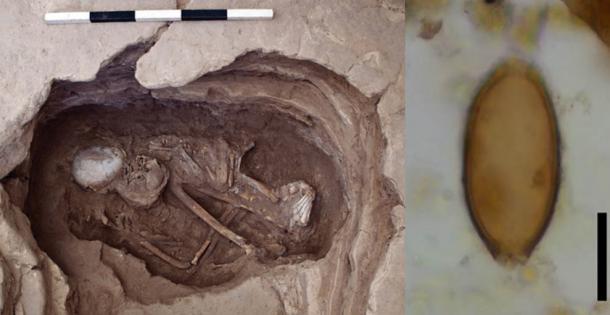
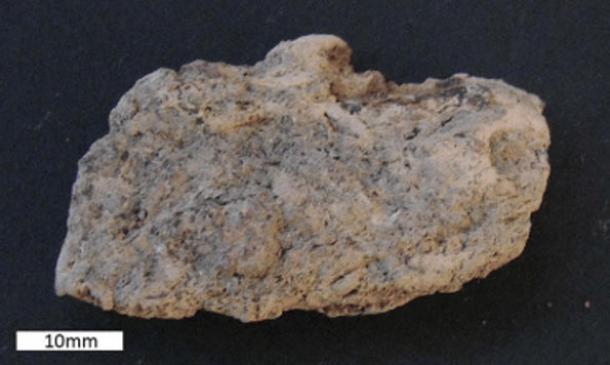
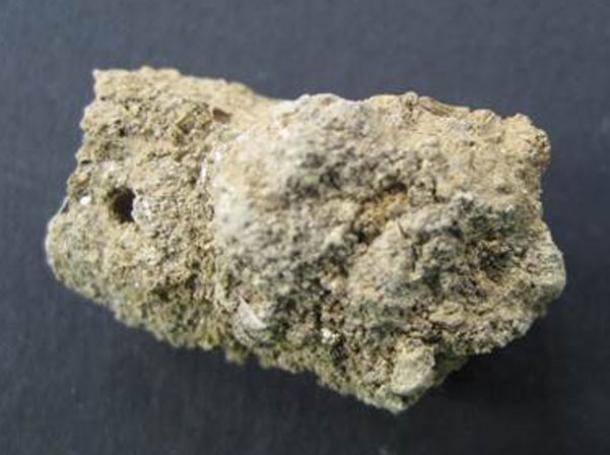
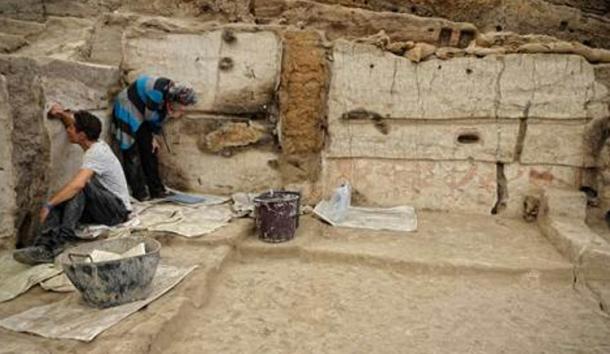
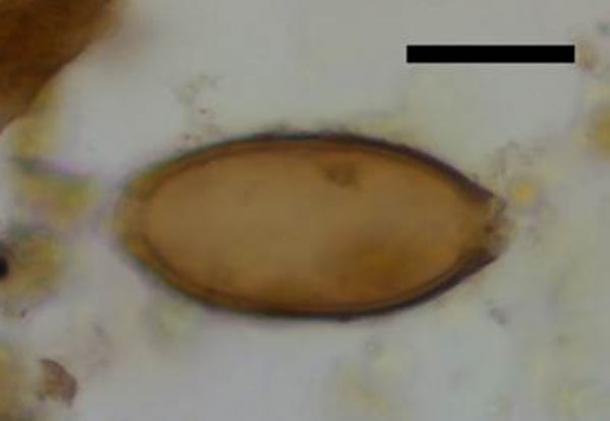
Comments
Post a Comment